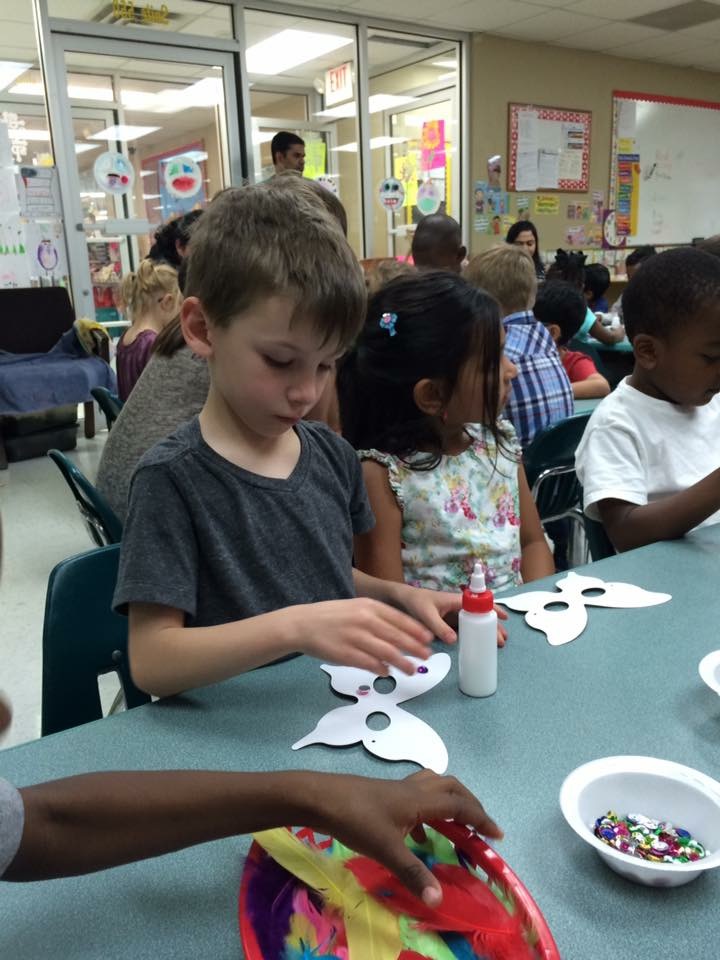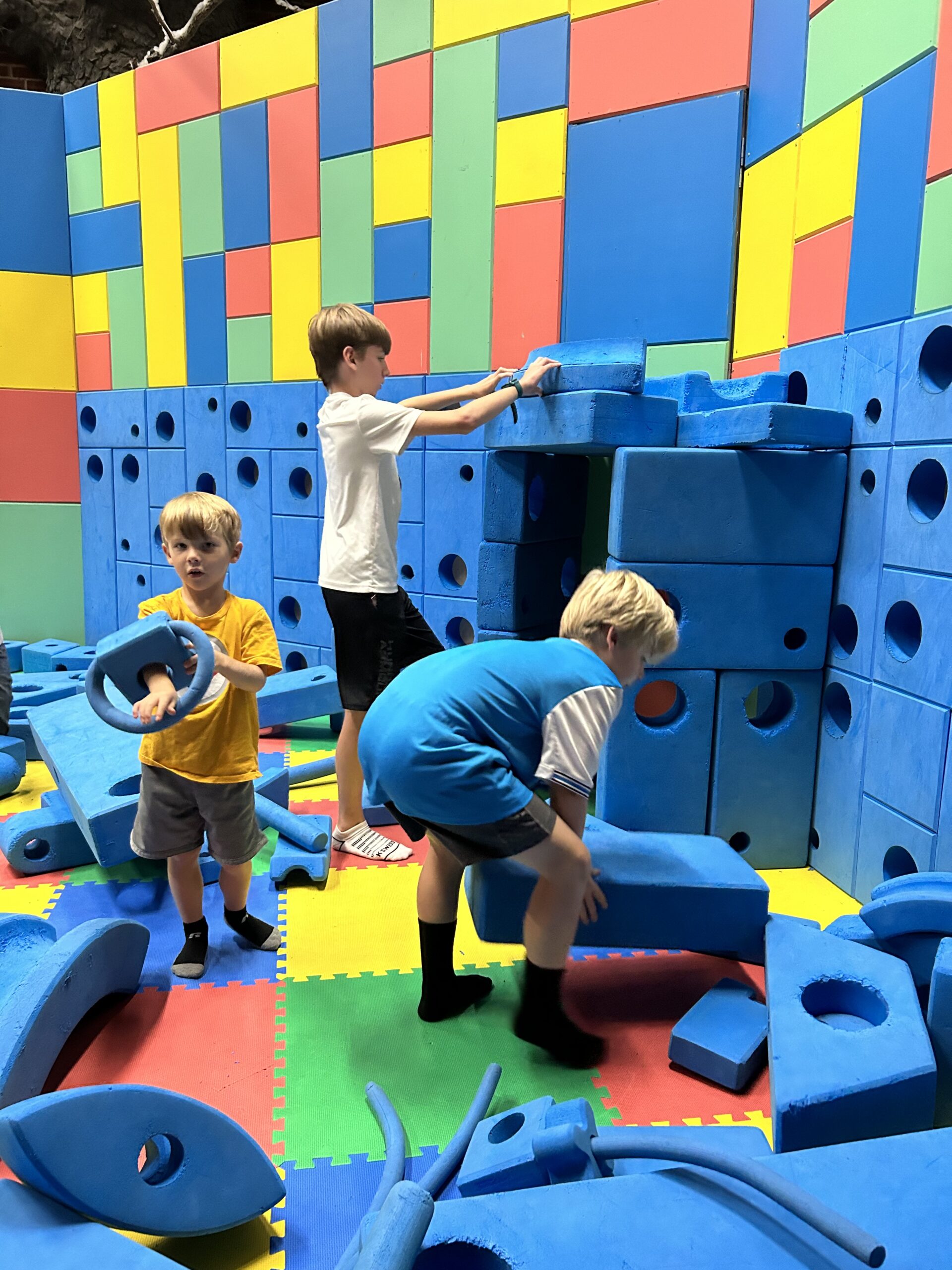 Home-school communication needs to be stronger. It’s that time of the year to have a good start and develop a stronger communication system then that of the previous year. Most parents contact the school when there is a problem and most schools typically do the same. When and how do schools and parents foster a home school partnership?
Home-school communication needs to be stronger. It’s that time of the year to have a good start and develop a stronger communication system then that of the previous year. Most parents contact the school when there is a problem and most schools typically do the same. When and how do schools and parents foster a home school partnership?
When a collaborative relationship exists between the home and school, there is likely to be continuity between the two. Research states that a home school partnership is the most effective way to promote student growth academically, behaviorally, and socially.
Schools believe that they communicate with families frequently and through a variety of ways: newsletters, calls home, weekly agendas, lesson plans, conferences, PTA meetings, and through notices sent home. The problem with these communications is they are not always aimed at supporting student learning.
Productive schools solicit and encourage communication between school and home. Parents are continuously invited into the school. They are consulted when initiatives and programs are in question. They aren’t discouraged from complaining and they are encouraged to communicate their views.
Today, parents that demand to be kept informed of academic progress expect home-school communication. Teachers may view this expected communication as either a threat or as an opportunity. However, communication sets the stage for relationships throughout the year. Children learn best when significant adults in their lives work together.
Teachers can involve parents in a variety of ways beside the traditional way – assisting in homework activities, getting children to school everyday and on time, and attend parent-teacher organizations. New roles include:
• mentoring,
• becoming a teacher aide,
• helping in the lunchroom,
• organizing an after-school homework club,
• assisting and volunteering with extra-curricular activities,
and many others that are available by simply contacting a classroom teacher or the school’s principal.
Today’s technology permits educators and parents to be linked into a support system where they freely share information. Websites contain grade level lessons, assignments, and information on how to contribute to the student’s learning. Email and texting is a convenient method of communication when questions and comments arise. If no computer is available, a simple notebook can provide viable information to either a parent or teacher that will contribute to the learning process.
Communication is the foundation for all parent-teacher activities. One of the most important relationships a teacher can develop is with the families. With parents and schools forming a bond, the winners are the students.



